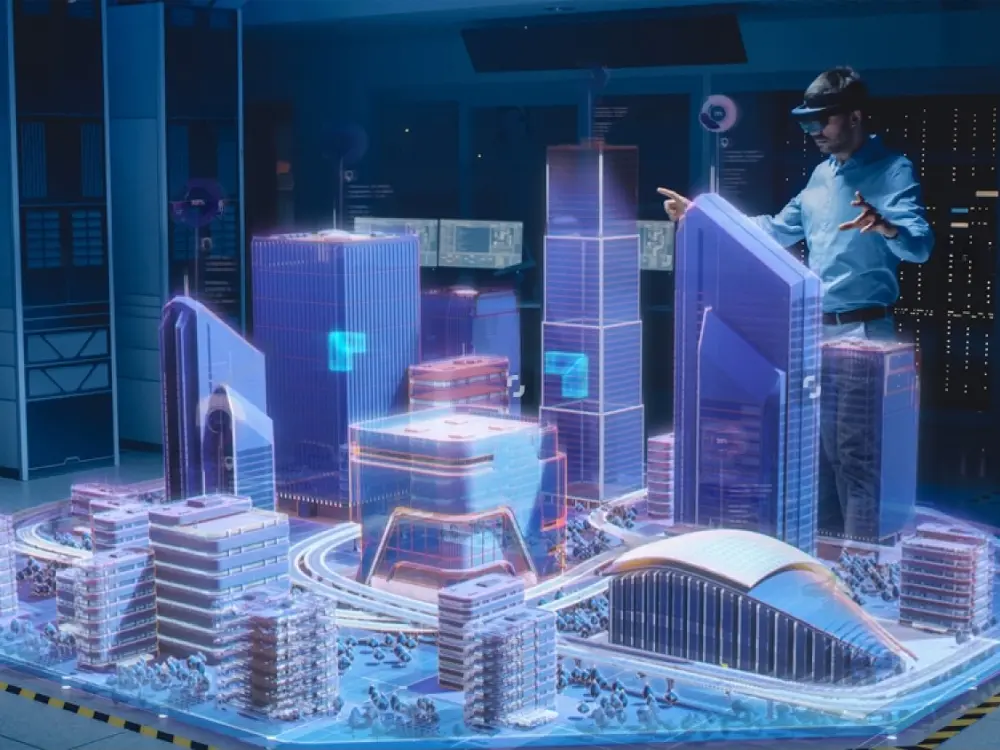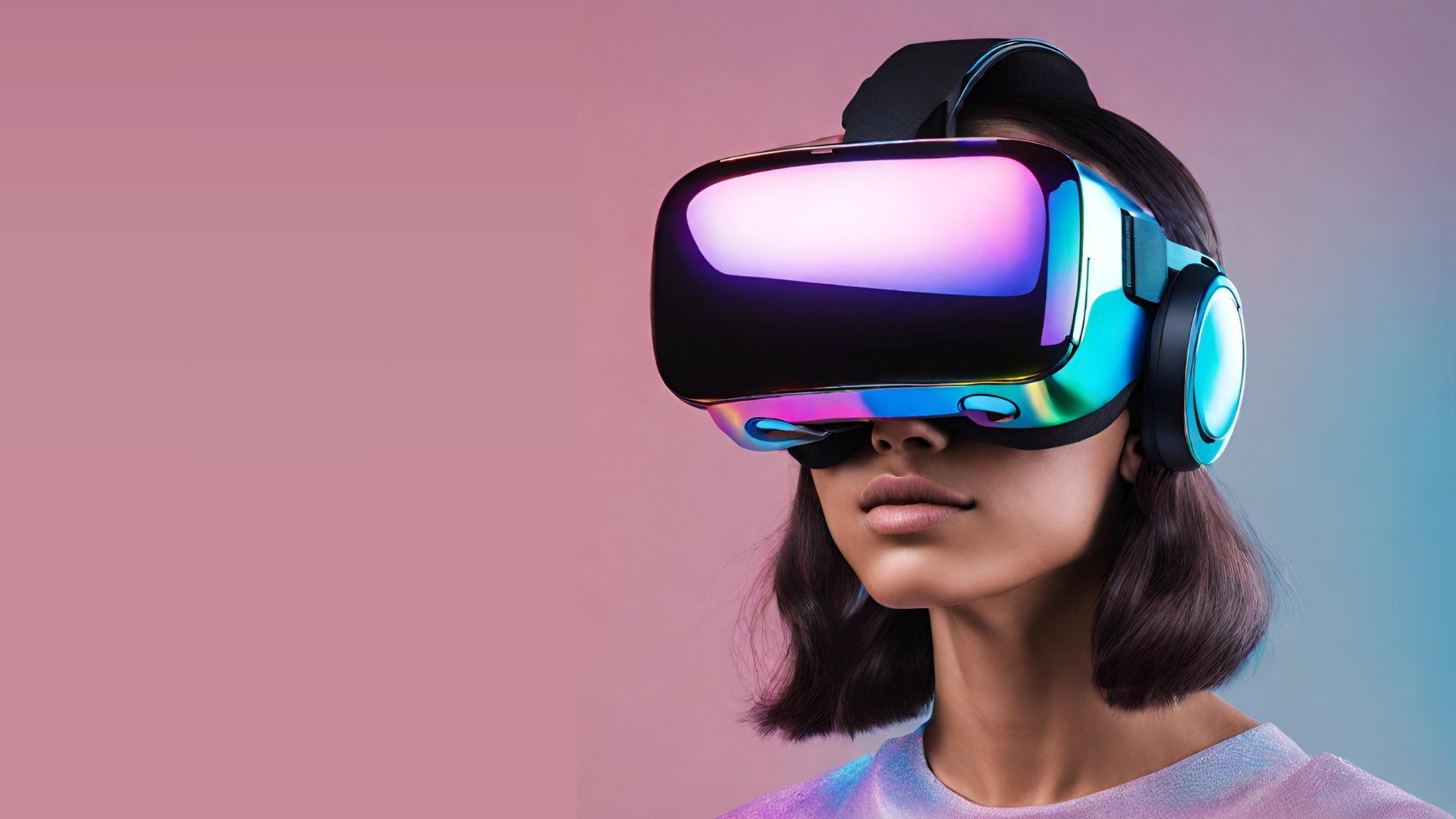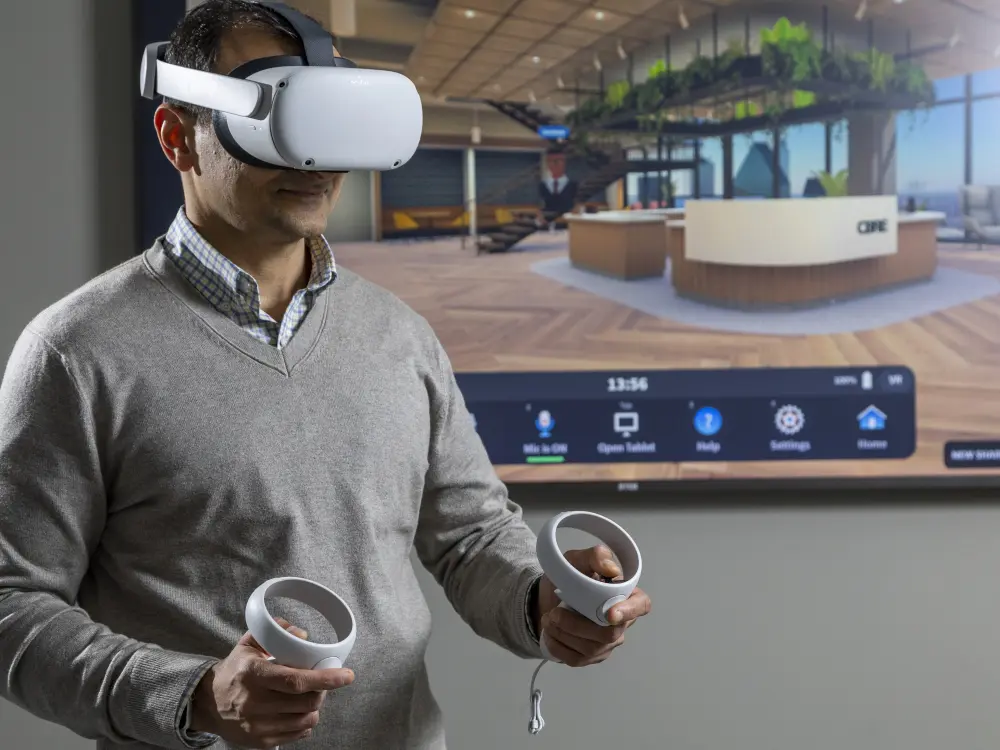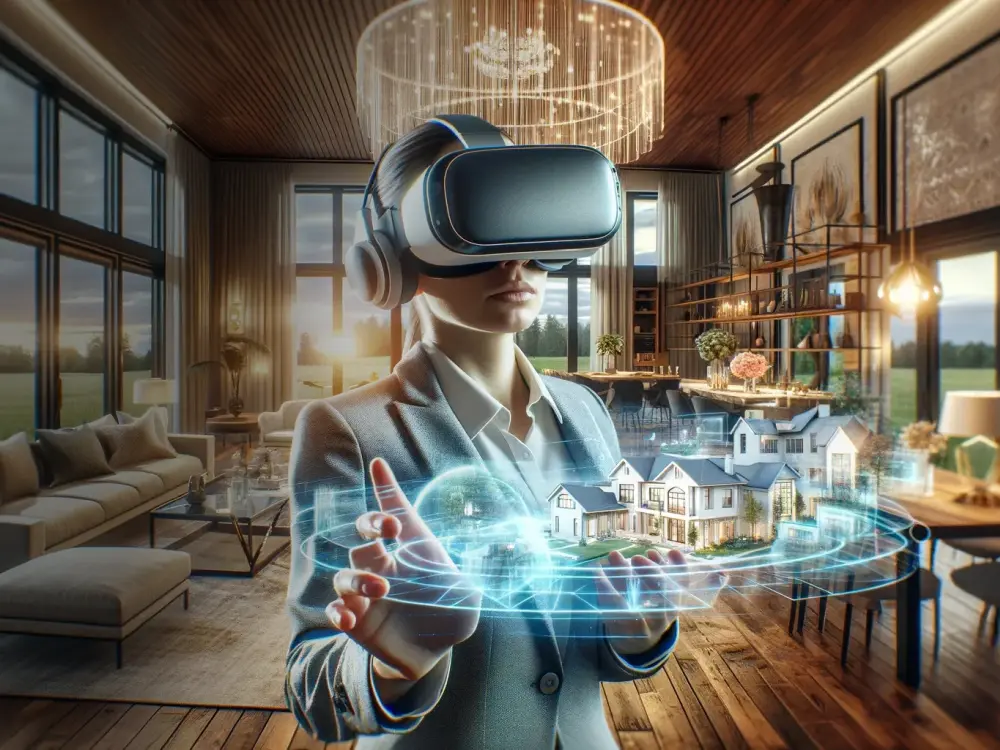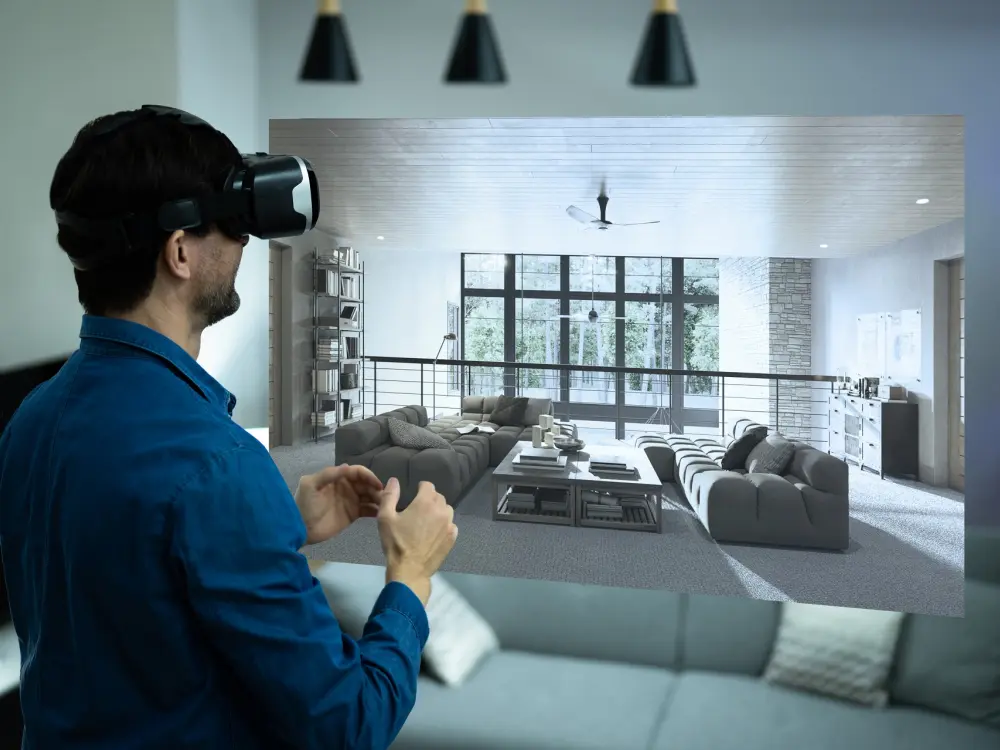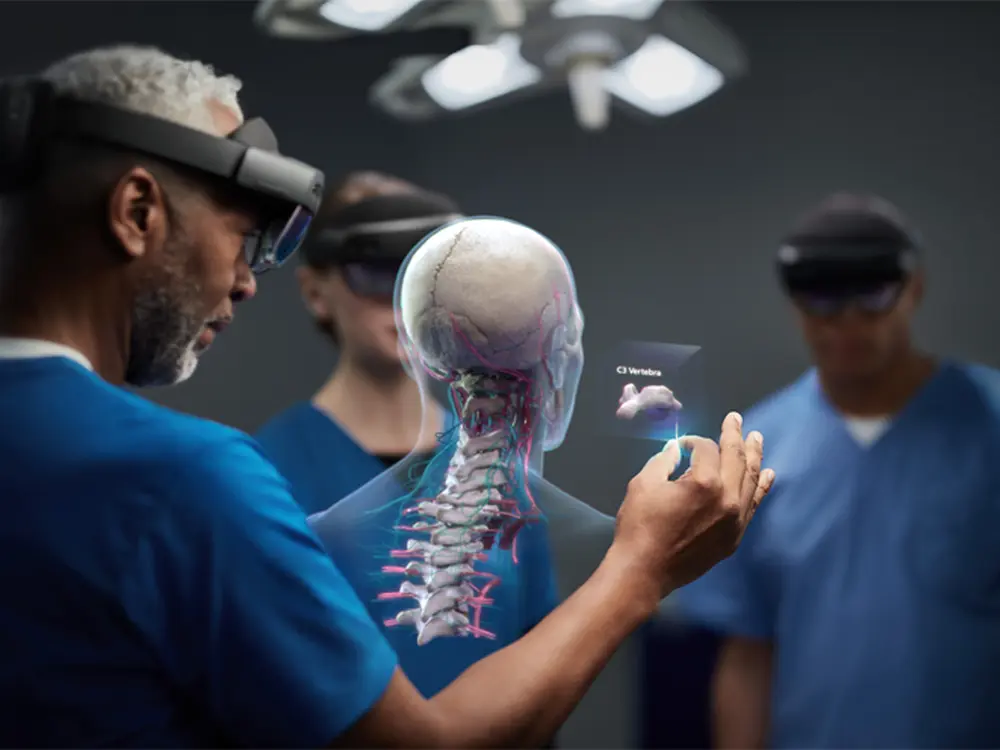In the ever-evolving landscape of infrastructure and architecture, technological advancements continue to redefine the way we design, construct, and visualize the world around us. Among these innovations, 3D virtual technology emerges as a game-changer, offering architects, engineers, and urban planners a powerful tool to revolutionize their workflows and elevate their creations. In this blog post, we delve into the transformative potential of 3D virtual technology in infrastructure and architecture, exploring its applications, benefits, and implications for the future.
A Digital Revolution:
Gone are the days of traditional blueprints and static models; 3D virtual technology ushers in a new era of design visualization and communication. With the ability to create lifelike, interactive models of buildings, bridges, and entire cityscapes, architects and engineers can immerse themselves in their creations like never before. From exploring intricate details to simulating real-world scenarios, the possibilities are endless, empowering professionals to make more informed decisions and deliver projects with unparalleled precision.
Enhanced Collaboration:
One of the most significant advantages of 3D virtual technology lies in its ability to facilitate collaboration among stakeholders. Whether it’s architects, engineers, clients, or community members, virtual models serve as a common language, allowing everyone involved to visualize and understand the project in its entirety. Through virtual meetings and interactive presentations, stakeholders can provide feedback in real-time, fostering a collaborative environment that promotes innovation and efficiency.
Streamlined Design Process:
The iterative nature of design often entails numerous revisions and adjustments to achieve the desired outcome. With 3D virtual technology, this process becomes significantly streamlined, as designers can quickly iterate and visualize changes with ease. Whether experimenting with different materials, adjusting building configurations, or testing environmental factors, virtual models provide a sandbox for exploration, enabling designers to refine their ideas before they ever break ground.
Optimized Construction Planning:
Beyond the design phase, 3D virtual technology plays a crucial role in optimizing construction planning and execution. By integrating virtual models with Building Information Modeling (BIM) software, construction teams can simulate the entire building process, identifying potential clashes, optimizing workflows, and mitigating risks before construction begins. This level of foresight not only enhances safety and efficiency on-site but also reduces costly delays and rework, ultimately saving both time and money.
Engaging Stakeholders:
In addition to facilitating collaboration among professionals, 3D virtual technology also serves as a powerful tool for engaging with stakeholders and the broader community. Whether presenting a proposed development to local residents or showcasing a visionary urban plan to city officials, virtual models provide a compelling visual narrative that resonates with audiences of all backgrounds. By fostering transparency and inclusivity, virtual visualization empowers stakeholders to participate actively in the decision-making process, ultimately leading to more sustainable and equitable outcomes.
Challenges and Considerations:
While the benefits of 3D virtual technology in infrastructure and architecture are undeniable, it is essential to acknowledge the challenges and considerations that come with its adoption. From technical limitations to data security concerns, navigating the complexities of virtualization requires careful planning and investment. Moreover, the need for specialized training and expertise presents a learning curve for professionals transitioning to virtual workflows. However, with proper support and guidance, these challenges can be overcome, paving the way for a future where 3D virtual technology is integral to the design and construction process.
Looking Ahead:
As we stand on the brink of a digital revolution in infrastructure and architecture, the potential of 3D virtual technology knows no bounds. By embracing innovation and harnessing the power of virtual visualization, we can unlock new possibilities, push the boundaries of creativity, and shape a built environment that is both functional and awe-inspiring. So let us embark on this journey together, as we explore the future of design and construction through the lens of 3D virtual technology.

